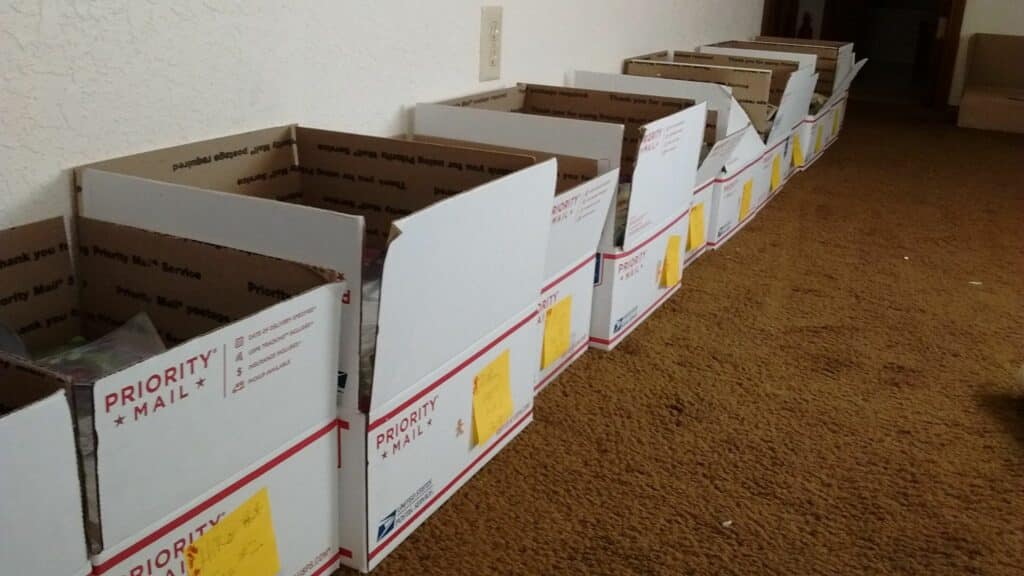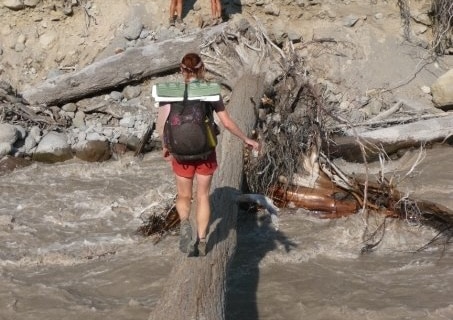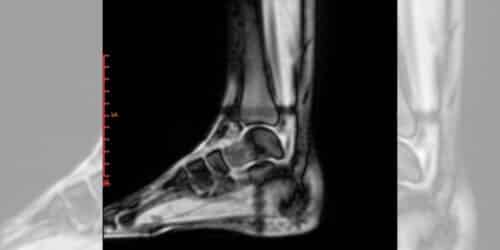What you eat matters, especially when you are placing big physical demands on your body. Input equals output, so fueling your body on trail (and during the training and recovery phases) determines how good you feel, how much energy you have, and how quickly you recover. Like sports cars, premium fuel is best.
This generally equates to whole food nutrition without a lot of fillers, processed sugars, or chemical additives. This contrasts starkly with the typical thru-hiker diet of ramen, pop-tarts, candy, and chips. While I like to mix in some candy or other low-quality food into my trail diet, my focus is on eating mostly healthy, well-balanced meals and snacks. Not only does this help me perform and recover well, it also ensures I don’t experience the dreaded drop in insulin levels that can come with a high sugar diet.
No matter what type of food you choose to eat on the trail, there are 5 things to take into consideration when making your selections. They are:
- Appeal
- Simplicity
- Weight
- Packability
- Nutrition
You might rank the importance of each of these aspects differently than someone else, but ultimately some beneficial combination of each will guide your choices.
Appeal is important because you will only have the food on your back with you to eat. If your food isn’t appealing, you won’t want to eat it. This scenario is common among thru-hikers, especially when they have sent themselves resupply boxes from home filled with the exact same things.
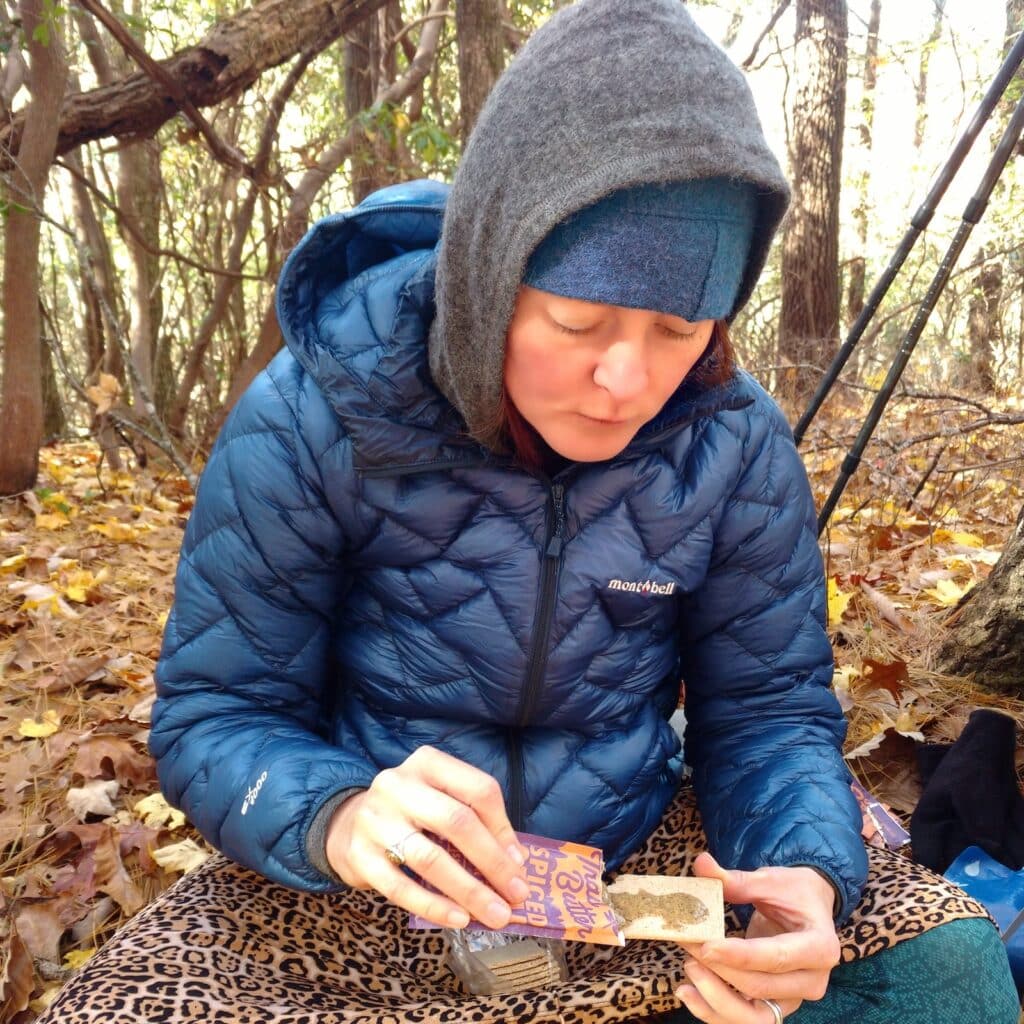
Simplicity matters on trail because you don’t have a full kitchen. You’re often going to be tired or the weather will be crummy and preparing food will seem onerous, no matter how simple it is. While there are some people who like to actually cook (chop veggies, simmer, etc.) most people are looking for food that just needs hot water added, or that can be eaten without any preparation whatsoever. Practice with new meal options at home using your hiking kit to see if they are viable for the trail.
Weight is often where people get hung up. There is a commonly repeated saying that you should carry two pounds of food per day. There are several flaws with that. First, the amount of calories contained in that two pounds can vary widely depending on what it is comprised of. Two pounds of spinach has vastly different calories than two pounds of butter. Secondly, the caloric needs of a 200 pound individual vs. a 120 pound individual are starkly different. Two pounds of food may be far to much for one, and not nearly enough for another. Third, your calorie needs will fluctuate based on how long you are hiking each day, over what type of terrain and at what altitude. They will also increase the longer your trip. Therefore, it is important to look for foods that have at least 100 calories per ounce as well as solid nutrition (see next point). This will help ensure that no matter how much food you carry, it is not heavier than it really needs to be.
Nutrition, as discussed earlier, is crucial to your health and energy on the trail. Many hikers fall into the junk food diet because of the cost and the calorie per weight appeal (see above). However, without good nutrition, your body will not only struggle to keep up with your physical demands, but it will constantly crave more food until you supply the nutrient levels it needs. At the most basic level, your body needs three macro nutrients: fat, protein, and carbohydrates. These are the building blocks of good nutrition and ensuring you have ample quantities of each in your diet is the first step in choosing nutritious foods. Your micro nutrients (trace minerals, vitamins) can be harder to keep track of and are most plentiful in plant foods. Supplements can help ensure you stay on track here if you don’t want to use a tracking app to record your foods.
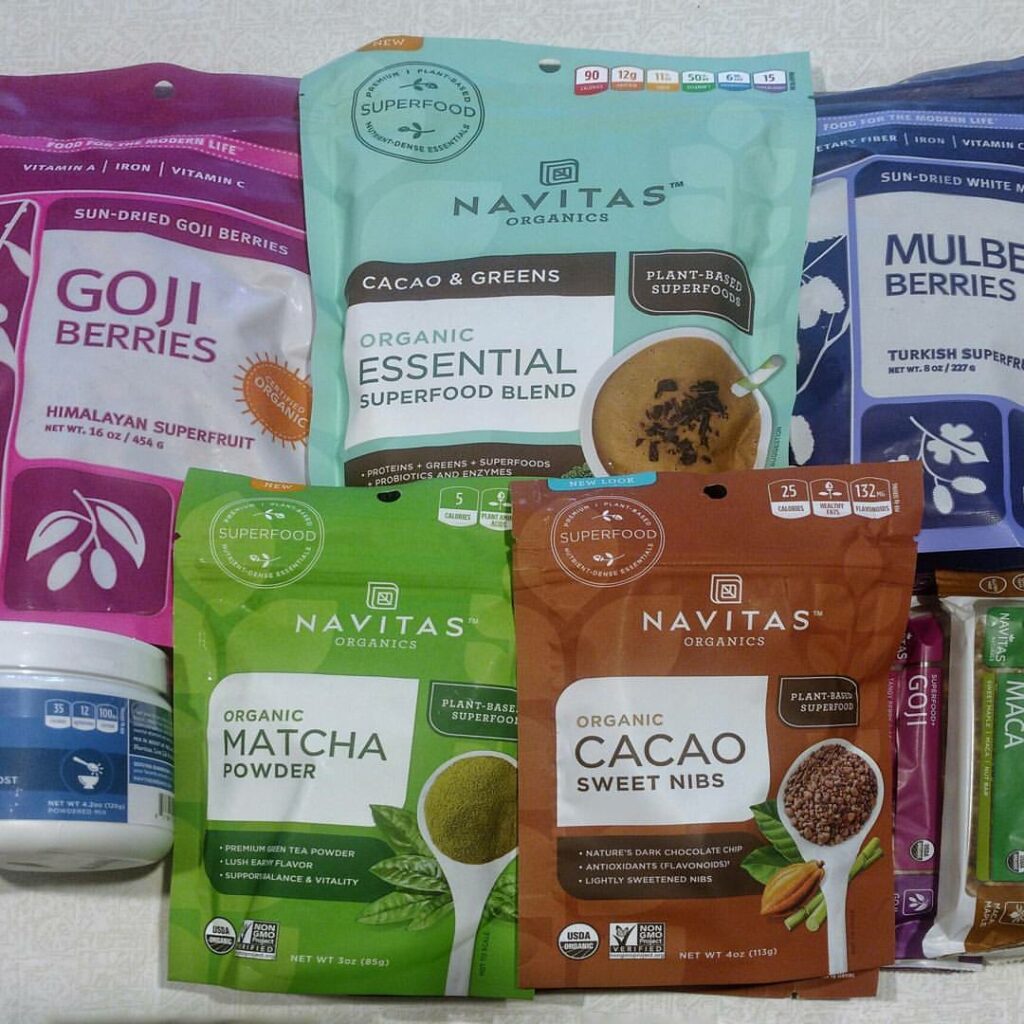
The final aspect to consider is packability. Foods that are packaged in non-breakable containers (no glass), sealed against moisture, and shelf stable are essential. The more compact the packaging the better because of the finite amount of space available in your backpack. Before I leave town I typically repackage my food, removing any extraneous packaging to reduce bulk.
Use a BMR calculator to estimate your caloric needs, adjusted for your weight plus the weight of your pack and the activity level you’ll be engaged in. This will provide a starting point for you to begin making your food choices from, using the five criteria above. Remember that this is just an estimate. It may take you a lot of trial and error to learn how much and what type of food your body thrives on.
For a more in-depth and detailed look at backcountry meal planning, check out my book (co-authored with nutritionist Katie Gerber) Adventure Ready: A Hiker’s Guide to Planning, Training, and Resiliency available from wordsfromthewild.net or anywhere books are sold.
